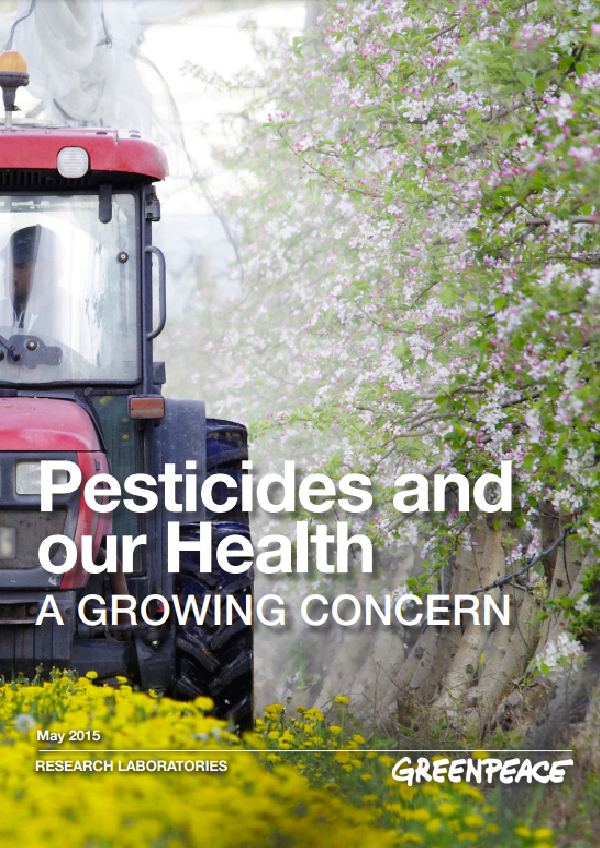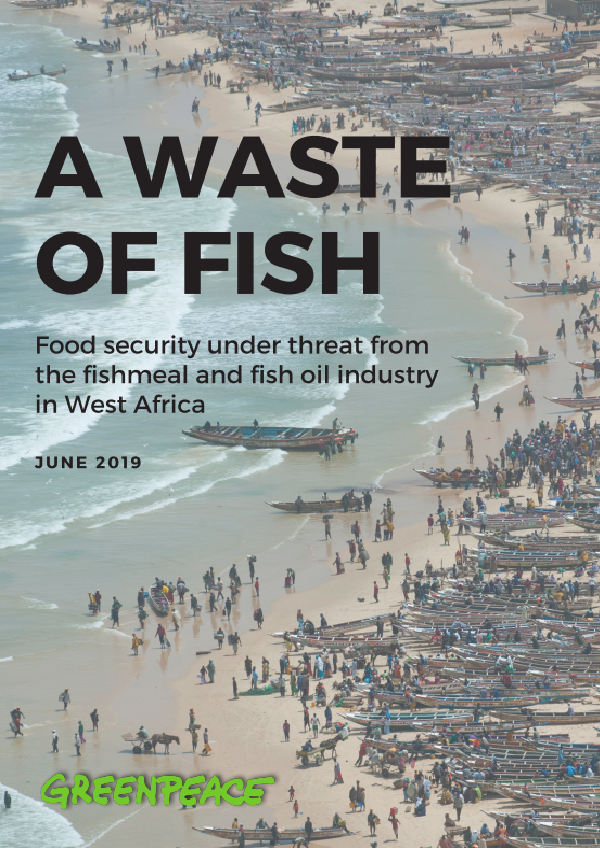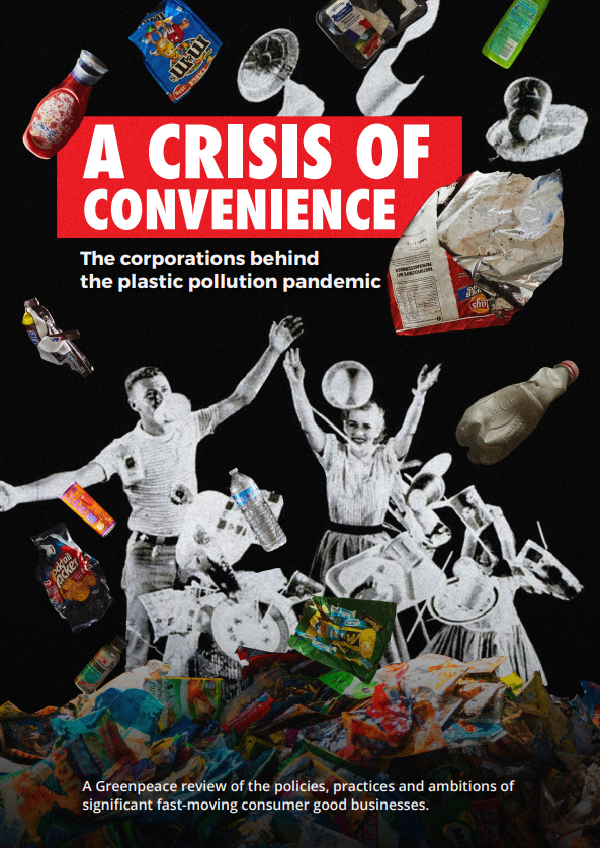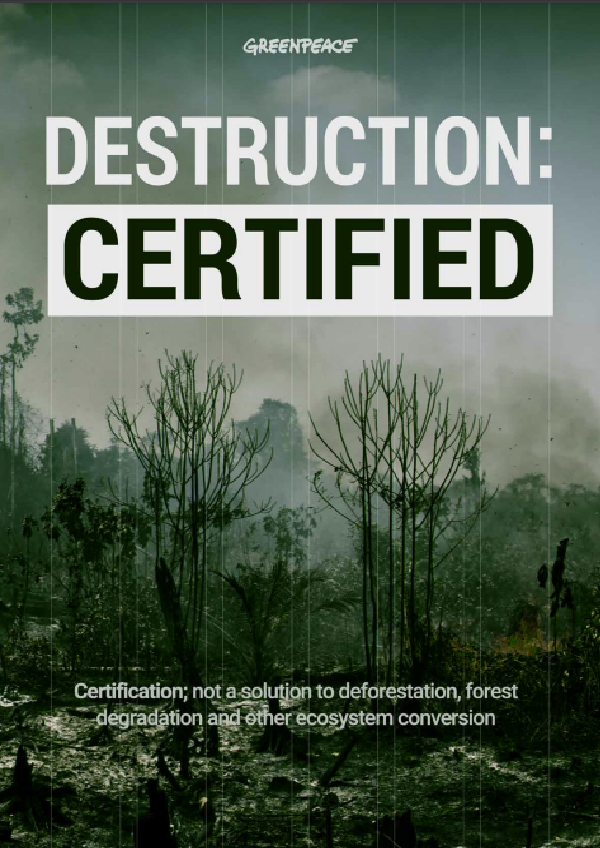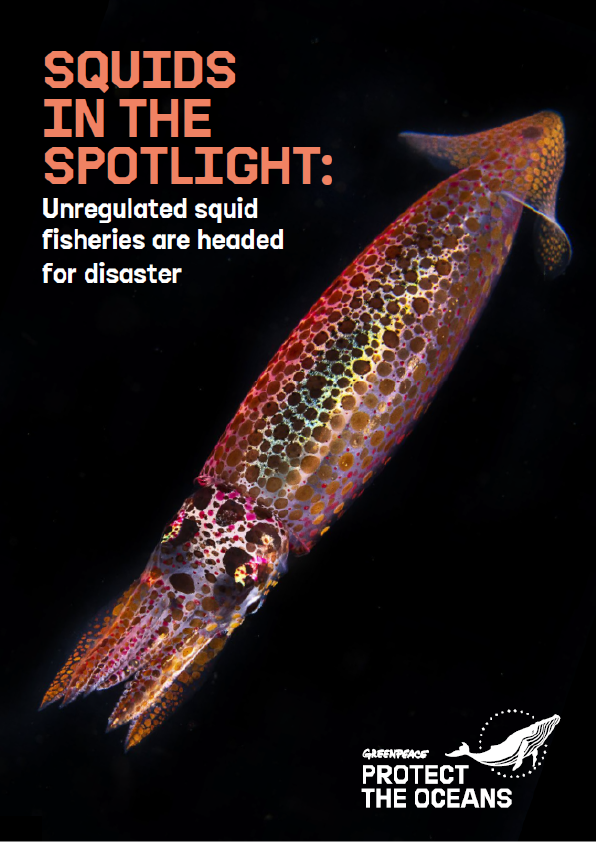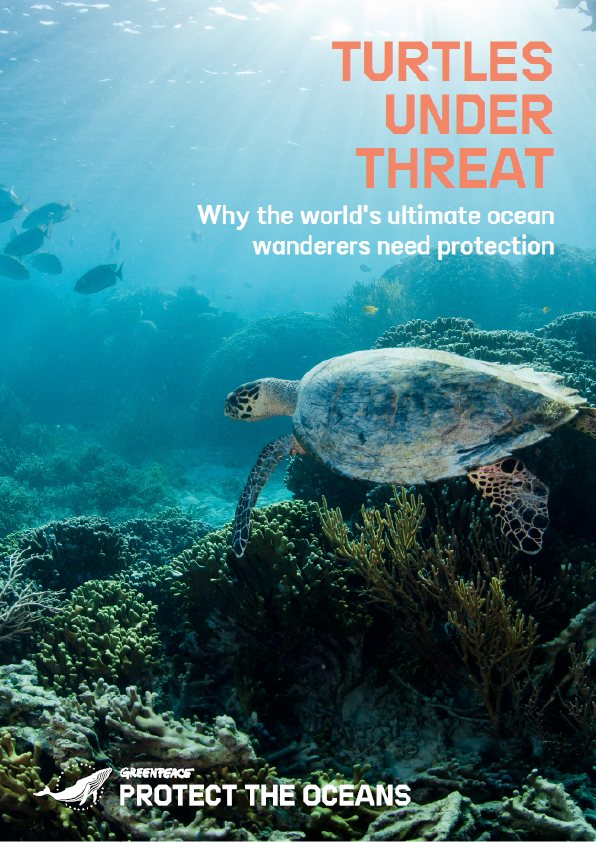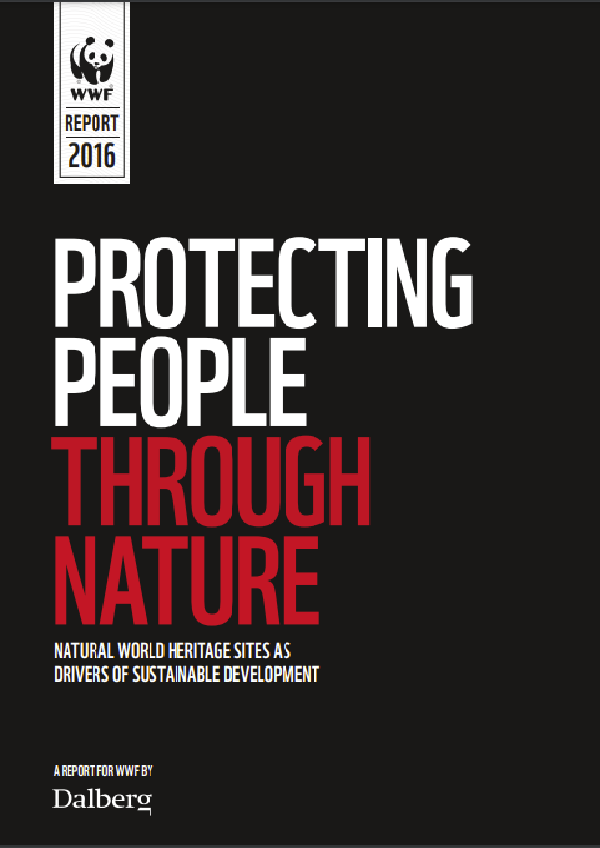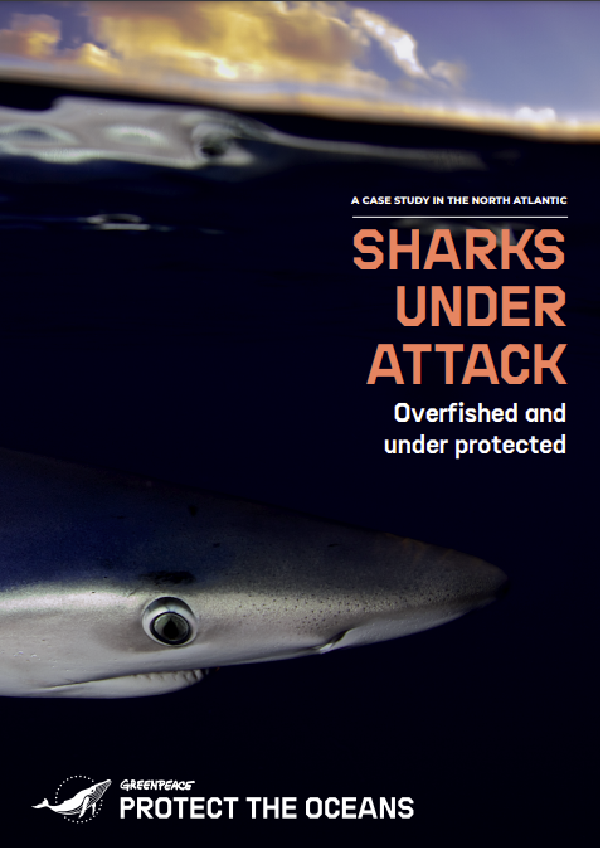Since 1950 the human population has doubled, yet the area of arable land used to feed these people has increased by only 10%. There are huge pressures to provide food, at low cost, on land that is becoming more and more degraded as nutrients are stripped from the soil. Reliance on external inputs – fertilizers and pesticides – continues to be the short-term solution for large-scale commercially intensive agricultural systems.
Synthetic pesticides have been widely used in industrial agriculture throughout the world since the 1950s. Over time, many of these chemicals have become extremely pervasive in our environment as a result of their widespread repeated use and, in some cases, their environmental persistence. Some take an extremely long time to degrade, such that even those banned decades ago, including DDT and its secondary products, are routinely found in the environment today.
As a consequence of this persistence, and potential hazards to wildlife, effect-related research on the impact of pesticides has increased exponentially over the past 30 years (Köhler and Triebskorn 2013). It is now clear that these effects are wide and varied. Over the same period, scientific understanding of the effects of pesticides on human health and their mechanisms of action has also expanded rapidly, with studies revealing statistical associations between pesticide exposure and enhanced risks of developmental impairments, neurological and immune disorders, and some cancers.
Nevertheless, proving definitively that exposure to a particular pesticide causes a disease or other condition in humans presents a considerable challenge. There are no groups in the human population that are completely unexposed to pesticides, and most diseases are multi-causal giving considerable complexity to public health assessments (Meyer-Baron et al. 2015). Furthermore, most people are exposed to complex and ever-changing mixtures of chemicals, not just pesticides, in their daily lives, through multiple routes of exposure. Pesticides contribute further to this toxic burden.
Source: Greenpeace (http://www.greenpeace.org)
